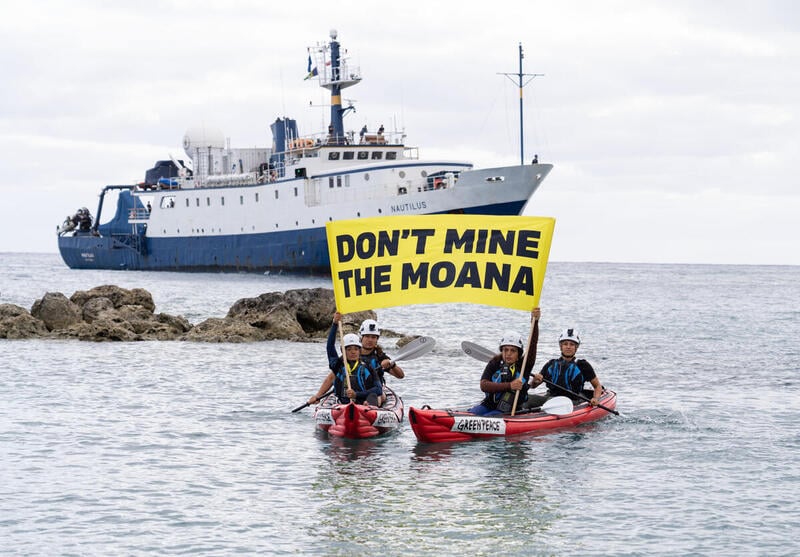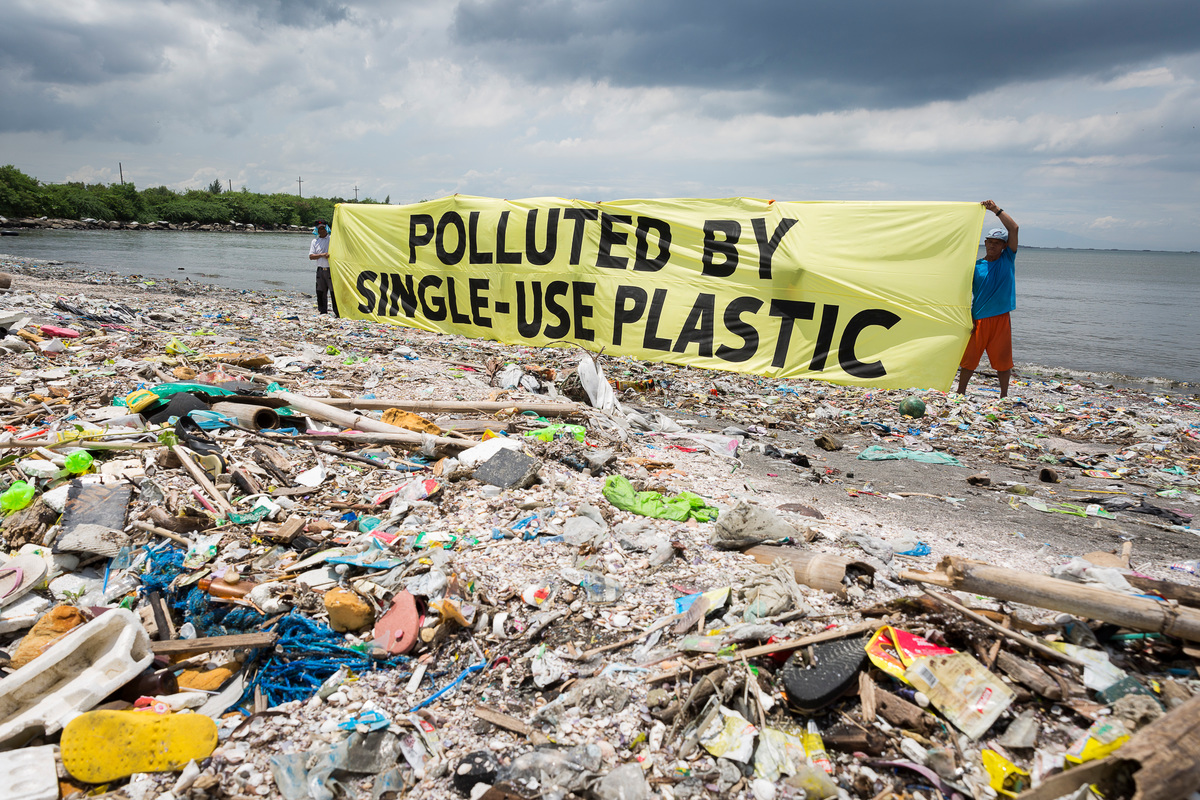A new report has once again revealed the shocking scale of coral destruction at the hands of the New Zealand bottom trawling fleet, renewing calls from environmental groups for the government to stop trawling on vital habitats like seamounts.
The report released by the Department of Conservation this month, confirms coral “bycatch” by bottom trawlers is a regular occurrence, with over 13,400 recorded incidents of protected coral being dragged up by trawlers over the past 35 years.
The largest recorded coral catch was a massive 20 tonnes while over 600 trawls brought up “coral rubble” in quantities of up to 8 tonnes.
Titled “Understanding coral bycatch Assessing large catches,” and produced by NIWA scientists for DOC, the report documented coral bycatch reported by observers on trawlers and research vessels, in both New Zealand and international waters.
The Chatham Rise, east of Christchurch, where a trawler bought up 6,000kg of protected stony coral at the end of 2024, was among the areas with the most reported coral bycatch .
Corals were also pulled up s from 135 seamounts and other features, where the report notes coral is known to thrive.
Karli Thomas, DSCC says: “This report makes it crystal clear that NZ bottom trawlers have been dragging up protected coral hauls in their nets for decades, sometimes tonnes at a time, and it’s still happening. Without basic ‘move-on’ rules in place in New Zealand, and while most of our seamounts and features remain open to trawling, destroying protected corals is inevitable, not accidental.
Ellie Hooper, Greenpeace Campaigner says: “Just last week, the commercial fishing industry claimed encountering coral with bottom trawlers is ‘rare and accidental.’ Well the data tells a different story.
“We know that seamounts and similar features are where corals grow. The New Zealand bottom trawling fleet, despite what the industry would have you believe, deliberately target these seamount areas during fishing – and then act surprised when they drag up tonnes of coral. At what point does accidental become deliberate? The industry can’t keep doing the same thing and then being surprised at the same result – coral destruction en masse.”
Barry Weeber, ECO says: “The study only covered coral bycatch reported by observers, who only cover under 30% of fishing events, so the real numbers will be much higher. What’s more, the coral that comes up in the net is only the tip of the iceberg – the amount left destroyed on the sea bed is much greater.”
Bottom trawling is a highly destructive fishing method where large, weighted nets are dragged across the seafloor and over seamounts, bulldozing coral and indiscriminately catching marine life. New Zealand trawls in its EEZ and also on the high seas of the South Pacific where it is the only country still bottom trawling.
Environmental groups are calling for the government to ban trawling on seamounts and other features to protect coral and ocean life. Over 100,000 people have signed petitions calling for the same.
They also called on the government to urgently adopt a “move-on” rule where once a fishing vessel trawls up a certain weight in corals the area is closed and no further fishing can occur in that area. The deep sea life in the area is then investigated to decide if it should remain closed to bottom trawling.

At home and far out to sea, our oceans are being plundered for profit by the fishing industry through bottom trawling. But what is bottom trawling and why is it so destructive to ocean habitats?
Take Action


